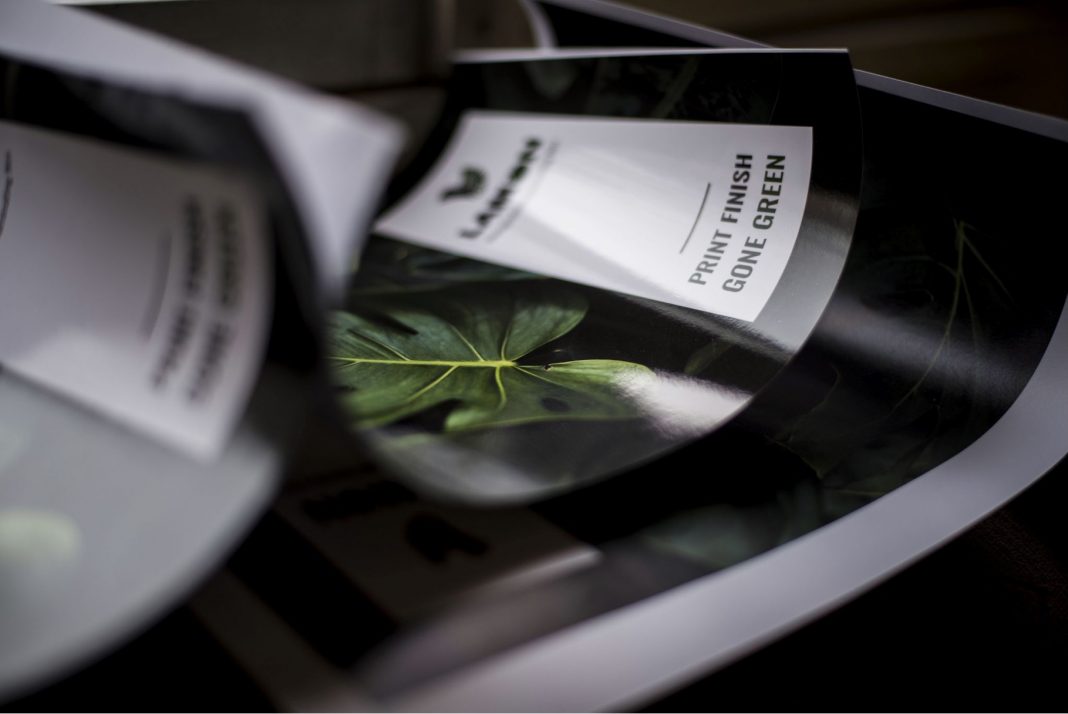Angela Ivanova, CEO & Co-Founder, explains how her firm LAM’ON solves recycling challenges. A shift to sustainable polymers will reduce the environmental footprint of non-degradable packaging materials; we discover
Laminated flexible plastic packages play a vital role in protecting the quality and shelf-life of our favourite products. However, these widely used laminated paper containers, which consist of paper/cardboard, plastic, and metals like aluminium, pose significant recycling challenges.
Can sustainable polymers solve recycling challenges?
The pulp and paper sector stands as a significant pillar of the global economy. It also presents intricate waste management issues. The application of plastics as a barrier lining in paper-based packaging containers increases the overall recycling costs. The industry generates substantial volumes of diverse waste streams, presenting a distinct disposal challenge.
**IN TERMS OF MATERIAL, THE PP SEGMENT WAS THE LARGEST IN 2022**
Using petroleum-based polymers in cardboard board/paper packaging is causing considerable environmental and economic concerns. Switching from fossil-based to sustainable bio-based polymers has emerged as the most practical substitute to decrease the environmental pollution caused by non-degradable packaging materials.
To date, studies on the recyclability of bio-based paper coatings remain scarce, and this is yet to be tackled with more research, discussions, and regulations.
Reduce laminates’ impact on plastic recycling systems
A stepped approach is recommended to reduce the impact of laminates on plastic recycling systems.
- A design-for-recycling approach should be tested to allow for smooth integration in the current collection and the recycling system.
- Changes in the collection, sorting and recycling processes should be tested to evaluate if the laminates cannot fit into adjusted collection & recycling schemes.
Hence, in the latter case, the benefit of laminate in the supply chain is acknowledged, and it is accepted that these packages are, unfortunately, still not recyclable. To avoid polymeric contamination, the design of the laminate is altered in such a manner that it is either efficiently removed, added to the sorting residues, and incinerated, or, as said, recycled altogether – but for that, more research and communication is required.
LAM’ON’s laminating film presents an ideal match – utilised much like standard petroleum-based laminating films, yet distinctively recyclable alongside paper and cardboard. Furthermore, it stands poised as a solution even when recycling is no longer viable.
EIC Accelerator beneficiary project: FOIL’ON 190131184

This work is licensed under Creative Commons Attribution-NonCommercial-NoDerivatives 4.0 International.


